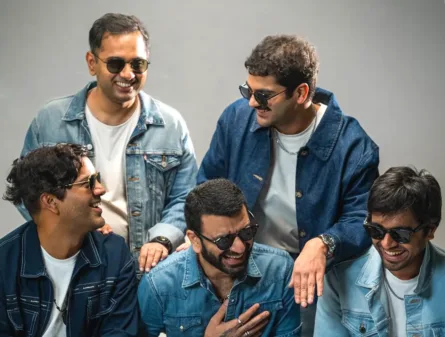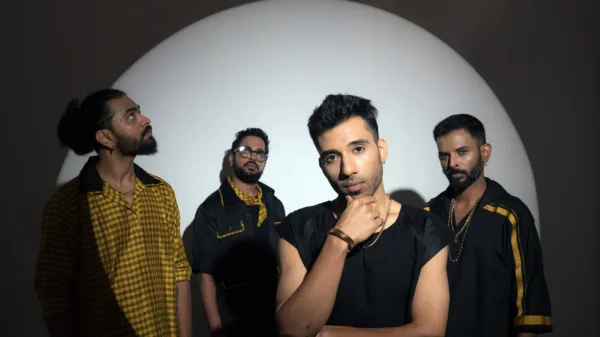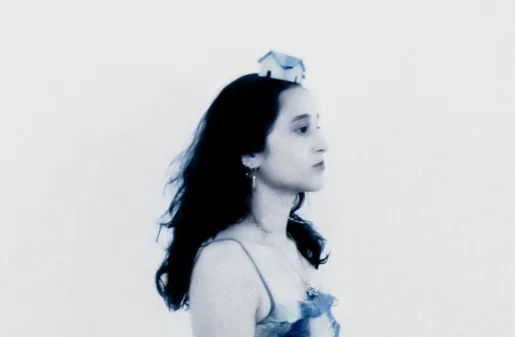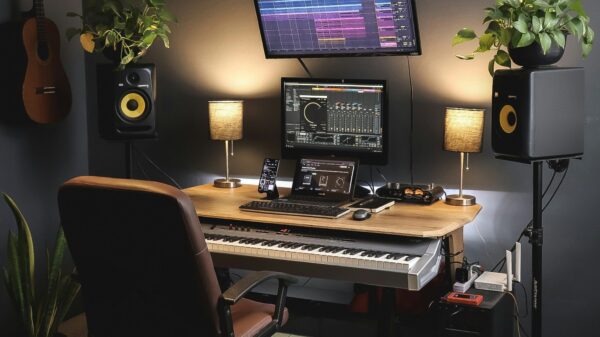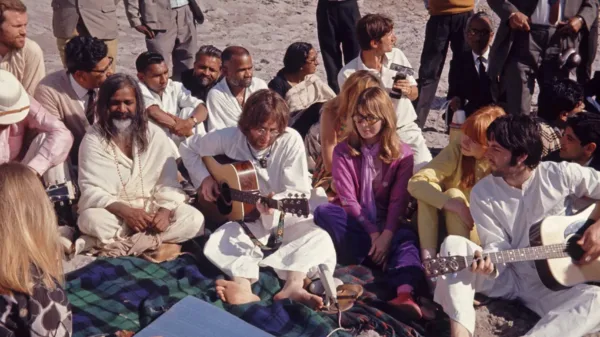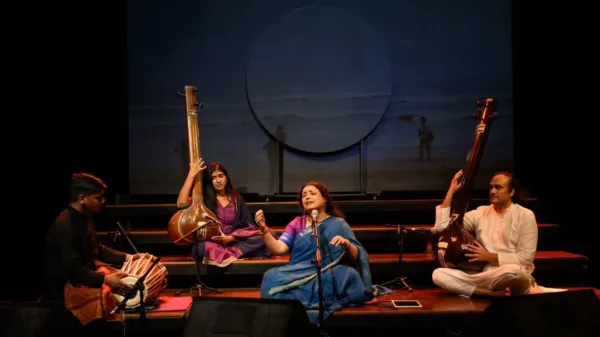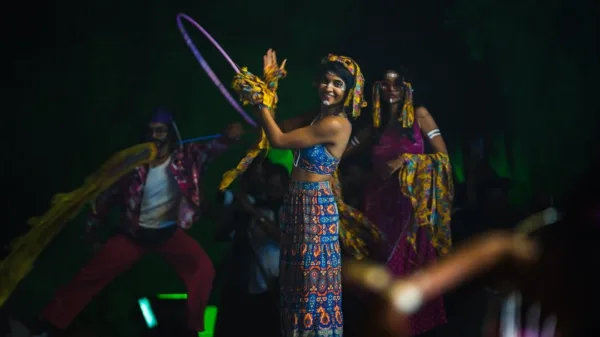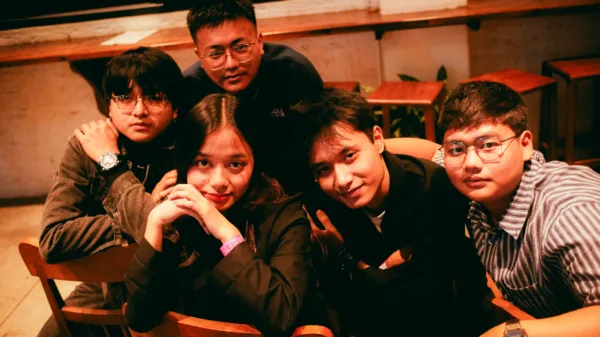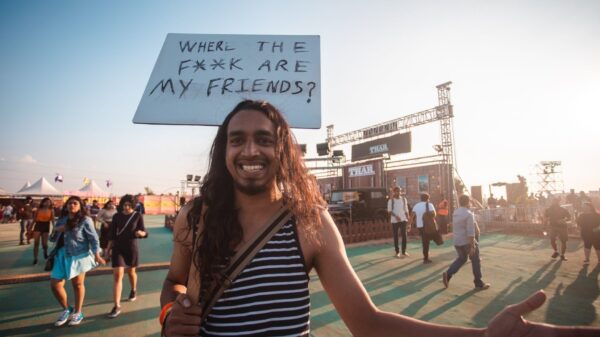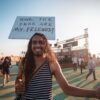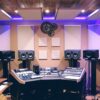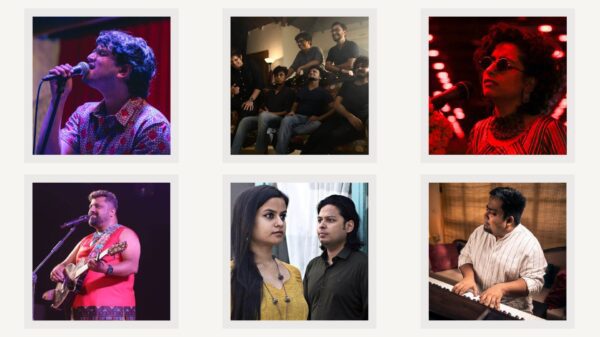Delhi-based experimental sound artist Pranav Nigam aka Lani.akea is a musician of remarkable depth and versatility. Trained at KM Music Conservatory (Chennai) and the California Institute of the Arts (CalArts), he has performed in both cities and composed for ensembles such as the London Firebird Orchestra, the German National Youth Orchestra, and the Allegri String Quartet, London. His work spans a wide range of styles, from electroacoustic compositions to orchestral pieces for strings and brass, and even alternative pop. With that breadth of experience, we knew his latest release would be worth diving into.
This year, Nigam has been working on a series of albums titled ‘Songs To Sleep To’ and despite what the name might suggest, these are not lullabies but musical explorations of the many states between sleep and sleeplessness. The recently released Vol. 3 continues this evolving project, a four-part series set to conclude in 2025. Over a year in the making, the concept has grown richer with each installment. Here’s our take on the newest chapter in this experimental and ever-expanding body of work.
The album opens with “Weight,” a brief two-and-a-half-minute prelude that sets an arresting tone. Deep, roaring textures underpin a slightly haunting melody, blaring with a sense of impending revelation. It gave me a sense of something between a moment of clarity and a post-apocalyptic vision.
“Reflections (Live) ft. Elif Dincer” stands out as a bold 12-minute experiment. It opens under a staticky haze with resonant tones that at first resemble gongs, but are in fact harmonics played on a grand piano. About three minutes in, you’ll start hearing the melodic tinkle of Elif Dincer’s harp. The two instruments push against and pull into each other, creating a soundscape that feels organic, airy, and constantly shifting. By the seventh minute, the density thins out, leaving a spacious openness that carries through until the end. The piece is partly scored and partly improvised, performed live as a duet. While Dincer explored bowing techniques on the harp, the piano lines leaned entirely on harmonics, giving the music its unusual, ringing character.
The third track, “As Loud As Possible (Part 1),” opens with a windy, atmospheric sweep. At almost nine minutes, it feels carefully put together. The composition comes across as both deliberate and natural, with sounds that hover on the surface while hinting at something deeper. The opening minutes are pure texture, and gave me the sense of standing in a wide grassland with winds rushing all around. Midway through, faint traces of mystery and longing surface, but they pass quickly. Beneath the shifting layers, there’s a sense of vast silence, like an intentional vacuum that speaks for itself or maybe even a nod to the title.
The fourth track, “As Loud As Possible (Part 2),” picks up where the last one left off but dives into darker territory. It feels score-like, tense, and cinematic. The static crackles and looping cycles give it a raw edge, carrying a “3 AM wolf cry” kind of vibe. By the second half, it swells into a thrilling, almost climactic release. For me this was an impressive show of soundcraft.
The fifth track, “Who Do You Show Yourself To Be,” is built from extremely slowed-down samples recorded in Lucknow. It somehow captures the city’s vibe too. The artist noticed that e-rickshaw horns in the city, when slowed down, began to sound like bagpipes. He then layered them with chords and stacks. The result is this deep, eerie soundscape. Around 2:45, the track shifts into a richer texture. While the first half leans toward a trance-like state, the latter half will jolt you into a confusing dream.
The sixth track, “Rushing To Remember,” is the only text-based piece in the series so far. It begins with the artist recording the sound of scribbling on paper. The text flows as a stream of consciousness, often incoherent, while the music acts more as a companion than a mirror. The result feels like the raw honesty of journaling made audible. Midway through, the artist speaks about the loop of time and explores mind-bending themes on space and the Universe.

The seventh, eighth, and ninth tracks form a three-part series titled “Ceramicity.” Recorded live in Delhi, the performance was built on samples collected from a ceramic bowl, which the artist also played as an instrument. I found it innovative to bring out raw music from something as simple as a ceramic bowl and the execution is outstanding. The trilogy feels strikingly real with a variety of sounds like water droplets, ceramic clinks, noise, birdsong, and other natural and human-made sounds. It replicates the unpredictability of nature itself. Closing the album, it’s not a conventional listening experience, but if you’re after something raw, deeply emotive, and inward-looking, then this album is for you.
The album is available for streaming on Bandcamp, YouTube Music, and YouTube.






